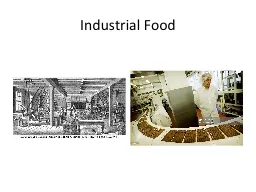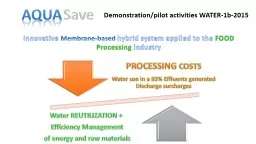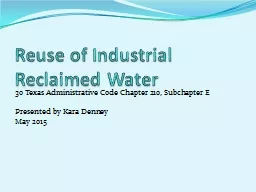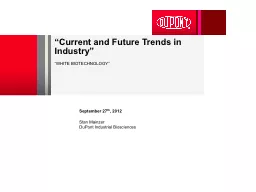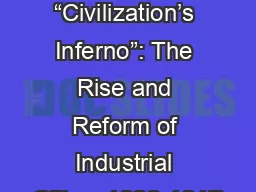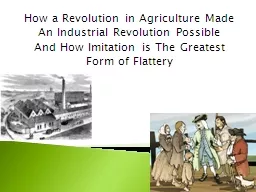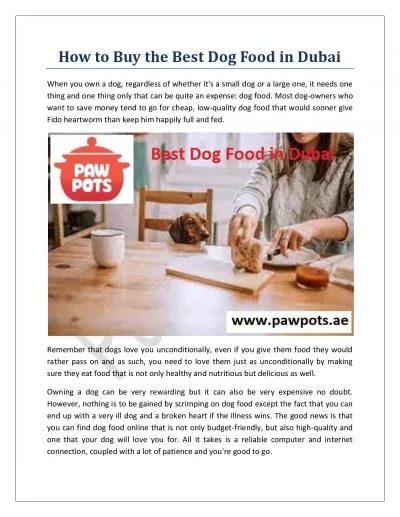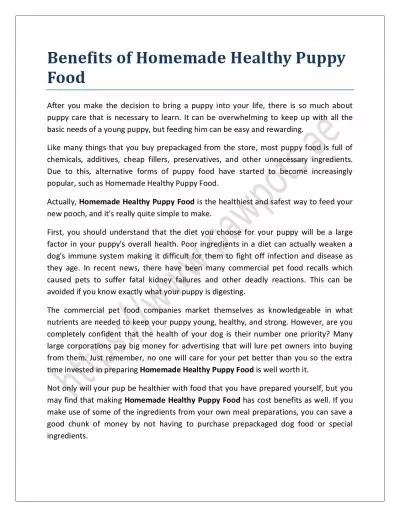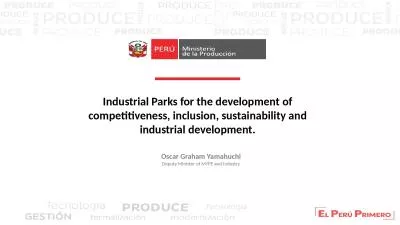PPT-Industrial Food
Author : tatyana-admore | Published Date : 2017-05-04
Isabella Beeton Mrs Beetons Book of Household Management 1861 It is not unknown to some of our readers that Dr Dauglish of Malvern has recently patented
Presentation Embed Code
Download Presentation
Download Presentation The PPT/PDF document "Industrial Food" is the property of its rightful owner. Permission is granted to download and print the materials on this website for personal, non-commercial use only, and to display it on your personal computer provided you do not modify the materials and that you retain all copyright notices contained in the materials. By downloading content from our website, you accept the terms of this agreement.
Industrial Food: Transcript
Download Rules Of Document
"Industrial Food"The content belongs to its owner. You may download and print it for personal use, without modification, and keep all copyright notices. By downloading, you agree to these terms.
Related Documents

